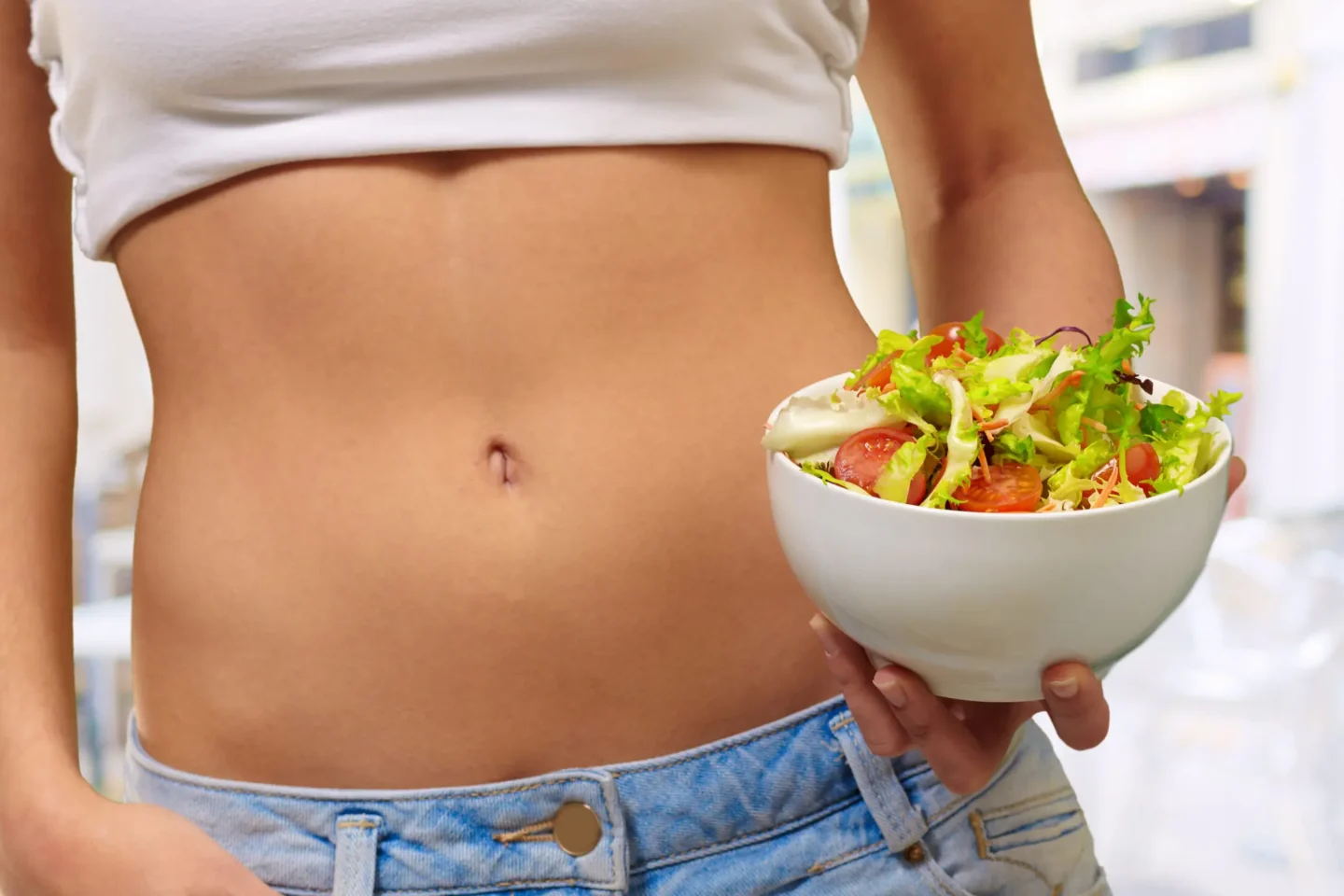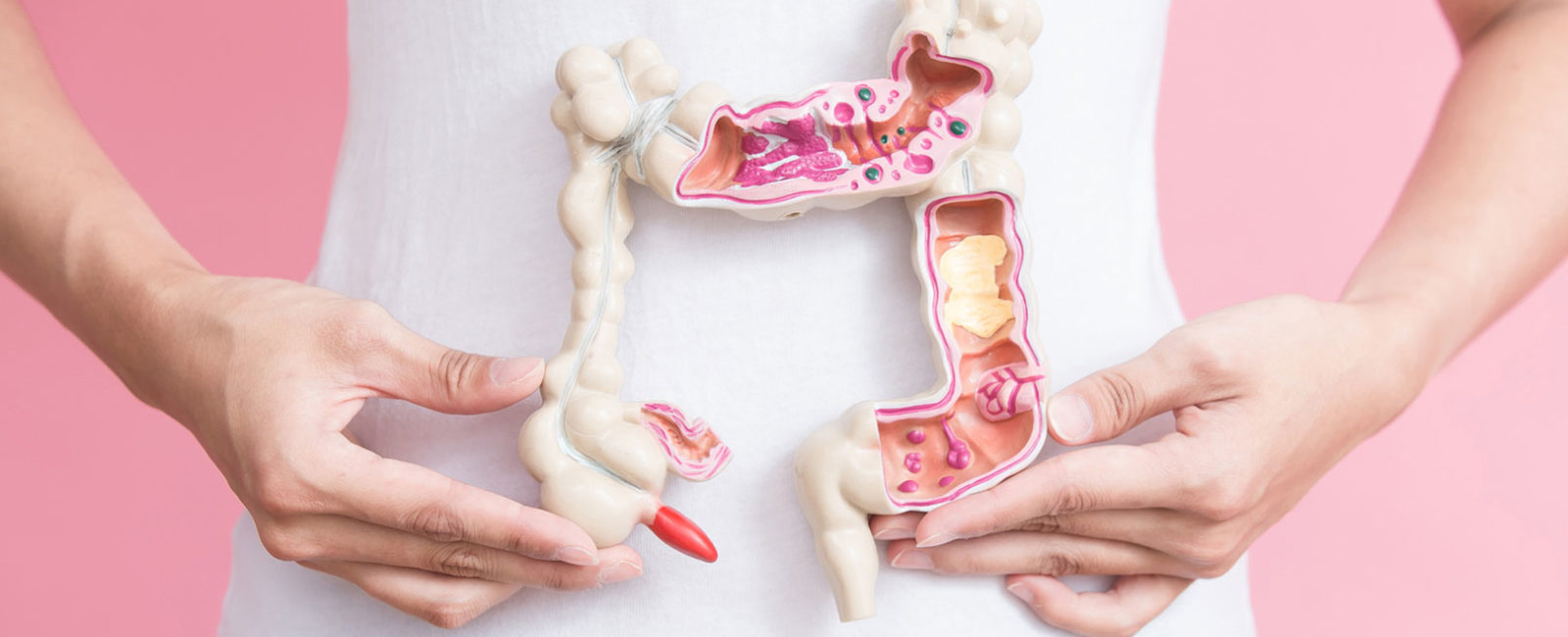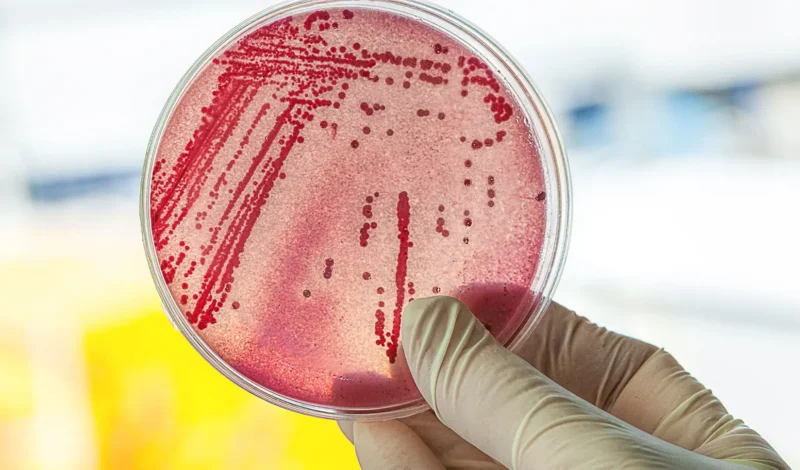If you have bowel disease symptoms, the question you may have is: Are the symptoms due to the intestine or [...]

Digestion: enzymes play a central role
We eat what we like. And we absorb important nutrients with our food. However, thorough chewing alone is not enough for our body to process them. This is because the carbohydrates, proteins and fats contained in food cannot be used in their original form. And this is where enzymes come into play during digestion: they break down our food into small building blocks that are then utilised by the metabolism. Enzymes are therefore very important for digestion. BIOMES introduces you to the most important enzymes and their tasks in digestion.
The digestive enzymes
Digestive enzymes are classified into three major groups, each specialised for different nutrients:
- Peptidases or proteases break down proteins or proteins.
- Amylases break down carbohydrates.
- Lipases break down fats.
Digestion and enzymes: an inseparable team
When you eat something, you start the digestive process that runs from your mouth to your anus. Enzymes are involved in digestion in every part of your body and break down food. But why is this necessary? Carbohydrates and fats are long-chain molecules and proteins are also macromolecules. The enzymes of digestion break these down into small-molecule compounds, which include fatty acids, amino acids and monosaccharides. In the following, we look at the digestive process and which enzymes play a role in digestion.
Oral cavity: Comminution and breakdown of carbohydrates
Food utilisation begins with mechanical breakdown in the mouth when you chew your food. This not only makes the food easier to swallow, but also increases its surface area. It also gives the digestive enzymes more surface area to break down the food further. Saliva triggers the release of the enzyme ptyalin and thus also starts enzymatic digestion. Ptyalin is responsible for breaking down complex carbohydrates such as oligosaccharides or polysaccharides. This creates small building blocks that have a sweet taste. Have you ever chewed bread for a longer time and it got sweeter and sweeter? The work of this enzyme is responsible for that.
Stomach: breaking down proteins
Your body then transports the food pulp via the oesophagus into the stomach. There, too, enzymes play a major role in digestion. In the stomach, the environment is clearly different, because hydrochloric acid lowers the pH value to 1 to 1.5. This activates the protein-splitting enzyme pepsin, while gastric lipases split fats. When you ingest gelatine, gelatinases take over the breakdown into their components. The mixture of food, enzymes and gastric juice then passes into the next section – the small intestine.
Small intestine: breaking down and absorbing nutrients
In this section, which is about three to five meters long, enzymes break down the food into further, smaller components during digestion. Proteins, proteins and fats are mostly broken down in the small intestine. The enzymes disaccharides break down carbohydrates into further components. A particularly well-known example is the breakdown of lactose by the enzyme lactase. Deficiency of this enzyme leads to lactose intolerance. Lipases break down fat and proteases break down protein further.
Large intestine: intestinal bacteria love leftovers
In the small intestine, the body absorbs all usable nutrients. In the large intestine, only those nutrients that cannot be utilised end up. This includes dietary fibres, for example, because enzymes do not break them down during digestion. But there are other consumers in your body. Intestinal bacteria use dietary fibre to produce energy. Now and then, this process makes itself felt in an unpleasant way with flatulence. In addition, the food pulp in the large intestine is thickened by dehydration.
The final step: excretion
All components of food that are not utilized by your body or by bacteria are excreted during bowel movements.
Overview of digestive enzymes
| Enzym | Funktion | Area |
|---|---|---|
| Ptyalin | breaks down complex carbohydrates | Oral cavity |
| pepsin | splits protein | stomach |
| Gelatinase | splits gelatin | stomach |
| Gastric lipases | split fats | stomach |
| Disaccharidases (e.g. lactase, maltase, saccharase) | split carbohydrates | Small intestine |
| Intestinal lipases | split fat | Small intestine |
| Proteases, e.g. B. Trypsin | split egg whites | Small intestine |




